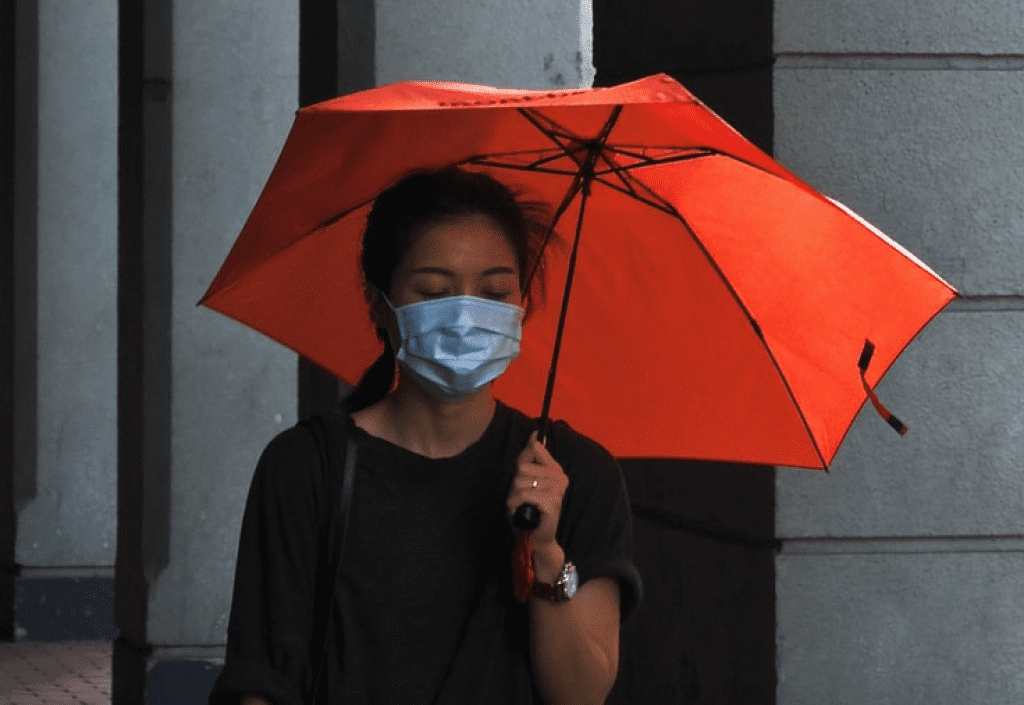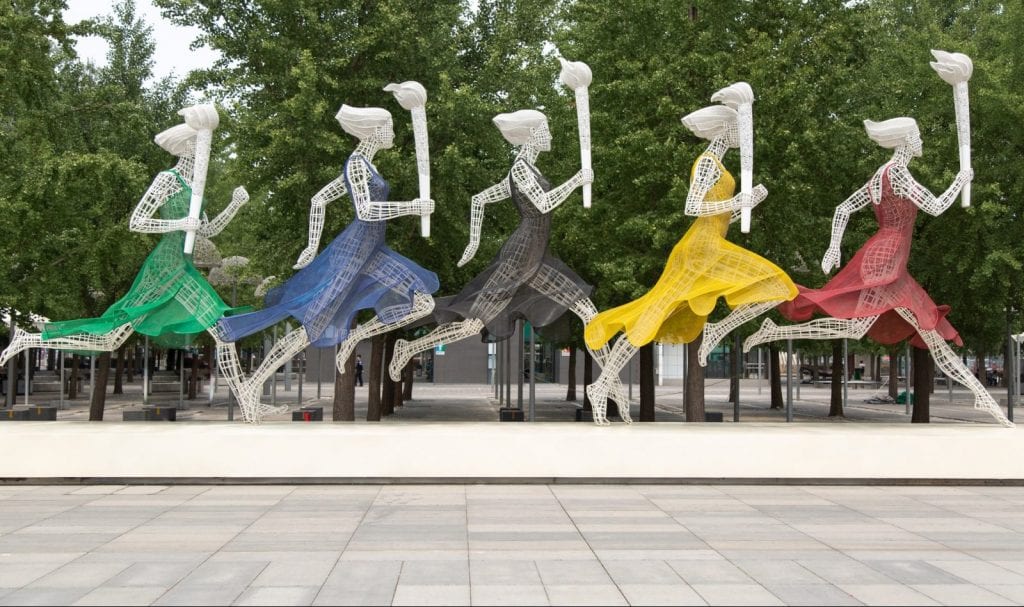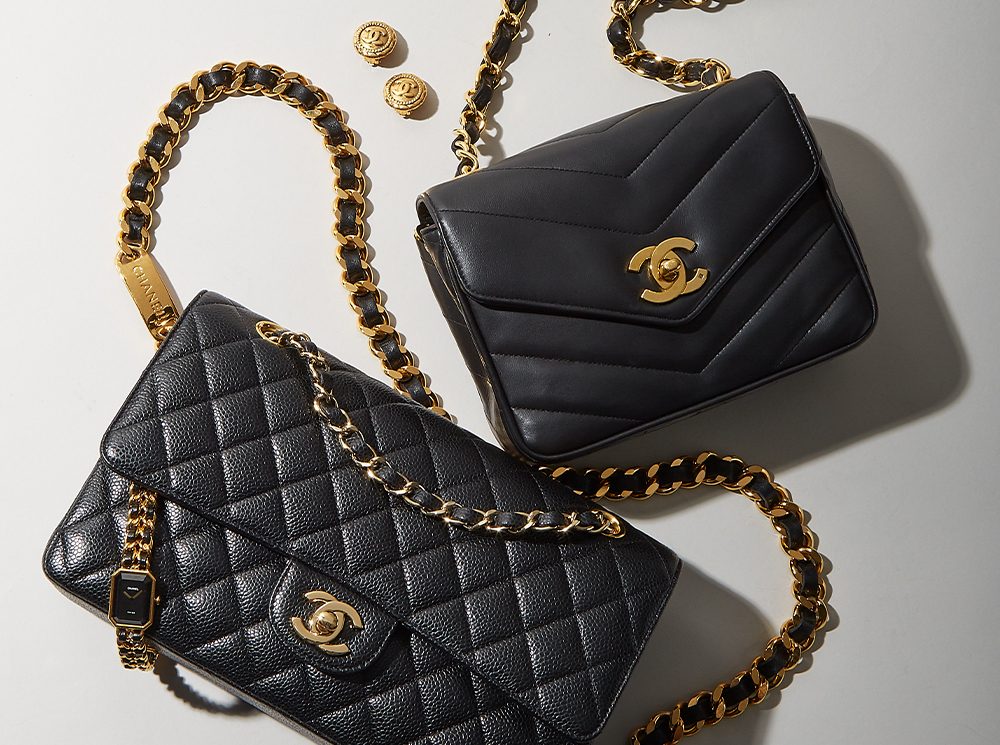Personal protective equipment (“PPE”) has arguably become the most sought-after commodity in the world. The COVID-19 pandemic has led to a global shortage of this equipment, and created an opportunity for garment factories across the globe, which have lots of spare capacity because their traditional apparel offerings are in much less demand than usual. High street chains in the United States, the United Kingdom, and elsewhere could have immediately paid their garment suppliers to make PPE rather than clothes, but most did not. Instead, many simply cancelled millions of orders, thereby, putting thousands of garment workers in Southern and Southeast Asia, in particular, out of work. Many garment workers did not even receive the monthly wages that were owed to them.
Only a few western brands and groups – namely high-end ones, such as Barbour, LVMH Moët HennessyLouis Vuitton, and Chanel, among others – eventually started converting their supply chains to make PPE. In most cases, Asian manufacturers simply took their own initiative.
Asia’s big shift
China was already the largest PPE exporter before the pandemic, providing almost half of the world supply of face masks, protective gowns, gloves, and goggles in 2018. In the first two months of 2020, China’s PPE exports dipped by about 15 percent, as its own demand for these products rose sharply, with the government preventing some shipments of PPE from leaving the country.
However, beginning in March, Chinese PPE exports rebounded as the virus spread west. Elsewhere, Sri Lanka has secured a significant niche in the PPE supply chain, having won at least $500 million in orders during the crisis. Meanwhile, MAS Holdings – South Asia’s largest manufacturer of lingerie – advertised a move into PPE production using its trademark slogan, “Change is Courage,” while Malaysian manufacturers have enjoyed a massive rise in rubber gloves exports. With as much as 65 percent of all medical gloves coming from that country, the U.S. embassy tweeted in March that “the world relies on Malaysia.”
Still yet, India is now the second largest PPE producer after China, having only started making this equipment earlier in the year. India was manufacturing 450,000 PPE suits a day in May, and aiming to hit 2 million by the end of June. While Indian production has so far only targeted the domestic market, the government has just announced it will soon allow the export of 5 million PPE suits a month.
Job opportunities & abuses
On the positive side, this shift into PPE has protected and created jobs. In India, for instance, where global buyers like H&M continue cancelling orders and labor protests roll on, PPE production may mean re-employing at least some of the hundreds of thousands of garment workers who joined the exodus of migrant labor leaving cities early in the pandemic. In Sri Lanka, PPE is potentially providing a livelihood for 300,000 workers.
On the other hand, there is increasing pressure to keep up with the spike in orders that it is likely that no small number of factories are running in sweatshop conditions and employing many of the same abusive practices that were the norm in their usual operations. This is not helped by the fact that the PPE supply chain was known for labor abuses before the onset of COVID-19. For instance, recent evidence indicated the use of child labor in surgical instruments production in Pakistan. In Malaysia, there are media reports of Nepali migrant workers in rubber glove factories being subjected to severe abuse.
In China, recent findings suggest the widespread use of Uighur forced labor in numerous sectors, potentially including PPE. During lockdown in India, some states have suspended existing legislation, making it possible for factories to use forced labor. Others have passed legislation extending the working day from eight to 12 hours. At the same time, it is worth pointing out that some countries, such as Sri Lanka, are known to impose more rigorous standards on their factories.
Beyond the extended hours and reports of forced labor, another one of the issues in these factories is the fact that many garment workers worldwide do not have access to the PPE equipment they are making, thereby, exposing them to increased health risks. “One 19-year-old, who irons clothes in a garment factory in Ashulia, Bangladesh said workers had to go on strike to get the bare minimum protective measures of hand-washing stands and reusable masks,” the Guardian reported last month. “I saw in the news that they promised protective gear like masks and social distancing, but our factory didn’t give us anything.”
“You can see with your own eyes how crowded the place is,” Sarwer Hossain, a workers’ rights leader based in the Savar district of Dhaka, said referring to the bustling factory district in the country’s capital. “It’s even more crammed inside [the factories]. The majority of the reopened factories didn’t take adequate social distancing or other preventive measures. Only a handful of factories I’ve visited have disinfectant booths and proper temperature checks at gates and provided face shields, gloves and frequent hand washing.”
Alessandra Mezzadri is a Senior Lecturer in Development Studies at the University of London. Kanchana Ruwanpura is a professor in Development Geography at the University of Edinburgh. (Edits/additions courtesy of TFL)











